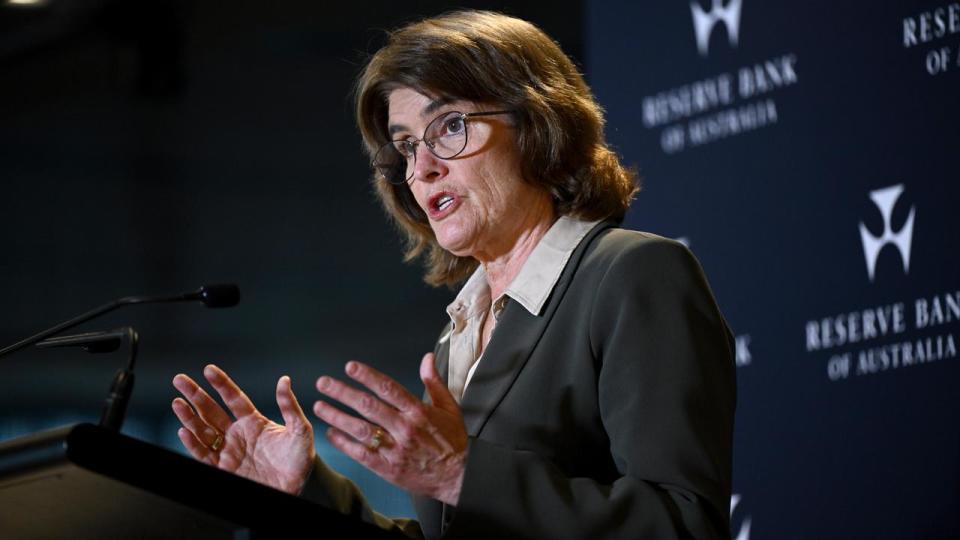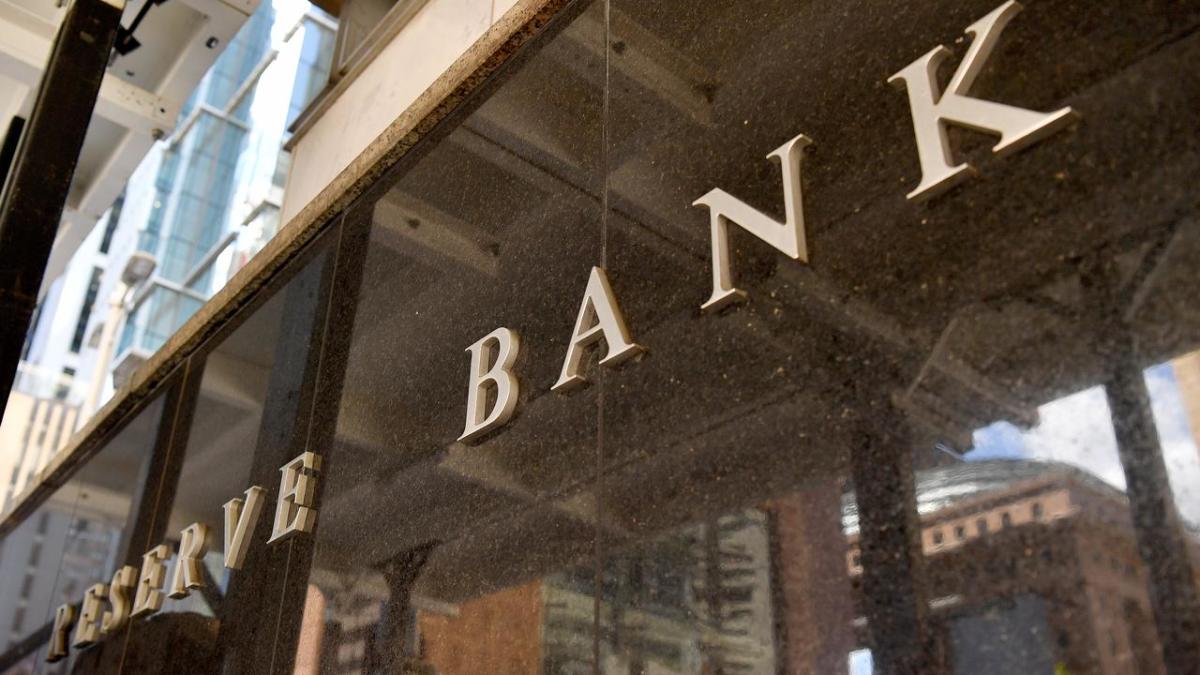Factors behind the Reserve Bank’s decision to leave interest rates on hold are set to be revealed, with analysts looking for any hint at possible future movement.
Minutes of the central bank’s September board meeting will be released on Tuesday, shedding light on the decision to keep interest rates at 4.35 per cent.
Rates have been at a 12-year high since November, with governor Michele Bullock previously indicating the September meeting was the first time since March the bank’s board did not explicitly consider an increase to the cash rate.
Rates have been left on hold for seven meetings in a row and analysts expect they won’t come down until early 2025.

Also on Tuesday, the bank’s deputy governor Andrew Hauser will give a speech to investors about the state of the economy.
Bendigo Bank chief economist David Robertson said the timing of any future interest rate cut would depend on how quickly inflation moderated.
Headline inflation fell to 2.7 per cent in August, the first time it was back within the Reserve Bank’s target band since August 2021.
However, the central bank had indicated it was waiting to see quarterly data on inflation, which is less subject to volatility, before making an assessment on inflation.
“The strength in labour markets and ongoing population growth have shielded our economy from the full effects of higher interest rates and the inflation shock,” Mr Robertson said.
“As a result, we predict the first rate cut here in Australia to occur by May 2025, with a strengthening case for February next year.”
While Australians are unlikely to see a cut to interest rates in the near future, New Zealand’s central bank is widely tipped to reduce its cash rate.
Analysts have predicted a 50 basis point drop across the ditch to 4.75 per cent, while Commonwealth Bank economists have also forecast a further 50 basis point drop in November as inflationary pressures ease.
Closer to home, the latest consumer confidence index data will be released on Tuesday.
The Australian Bureau of Statistics will also unveil building activity figures for the June quarter on Wednesday.
Data from the March quarter showed a 0.5 per cent increase in the number of total dwellings, while private sector houses rose by 4.8 per cent.
The March quarter also showed a drop of 3.1 per cent in other dwellings in the private sector.
Meanwhile, the Australian stock market is set to open higher on Monday, after Wall Street rose on Friday when a stronger-than-expected jobs report reassured investors worried about weakness in the US economy.
The US government said employers added 254,000 more jobs to their payrolls last month than they cut.
That was an acceleration from August’s hiring pace of 159,000 and blew past economists’ forecasts.
The unemployment rate fell to 4.1 per cent, the report showed.
The US Dow Jones Industrial Average rose 341.16 points, or 0.81 per cent, to 42,352.75, the S&P 500 gained 51.13 points, or 0.90 per cent, to 5,751.07 and the Nasdaq Composite added 219.37 points, or 1.22 per cent, to 18,137.85.
The Australian futures market is pointing to gains when trading resumes this week, after the main equities index contract added 26 points to 8215 in weekend trading.
On Friday, the local S&P/ASX200 index finished 55.2 points lower at 8,150, a fall of 0.67 per cent, while the broader All Ordinaries dropped 57.7 points, or 0.68 per cent, to 8,416.6.
